What Does 10x25 Mean In Binoculars?
When it comes to understanding binoculars, the numbers associated with them can often be confusing for beginners. One common specification you might encounter is "10x25." This article aims to demystify what these numbers mean, how they affect your viewing experience, and what you should consider when choosing binoculars with these specifications.
Understanding the Numbers: 10x25
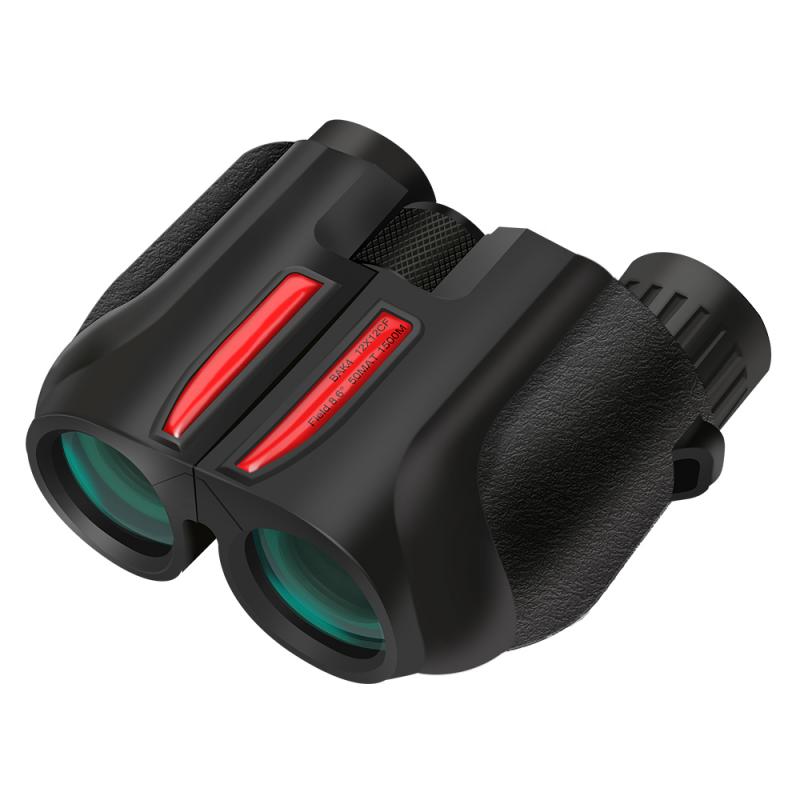
The numbers in "10x25" represent two key specifications of the binoculars: magnification power and objective lens diameter.
Magnification Power (10x)

The first number, "10," indicates the magnification power of the binoculars. This means that objects viewed through the binoculars will appear ten times closer than they would to the naked eye. For example, if you are looking at a bird that is 100 meters away, it will appear as if it is only 10 meters away when viewed through 10x binoculars.
Objective Lens Diameter (25mm)
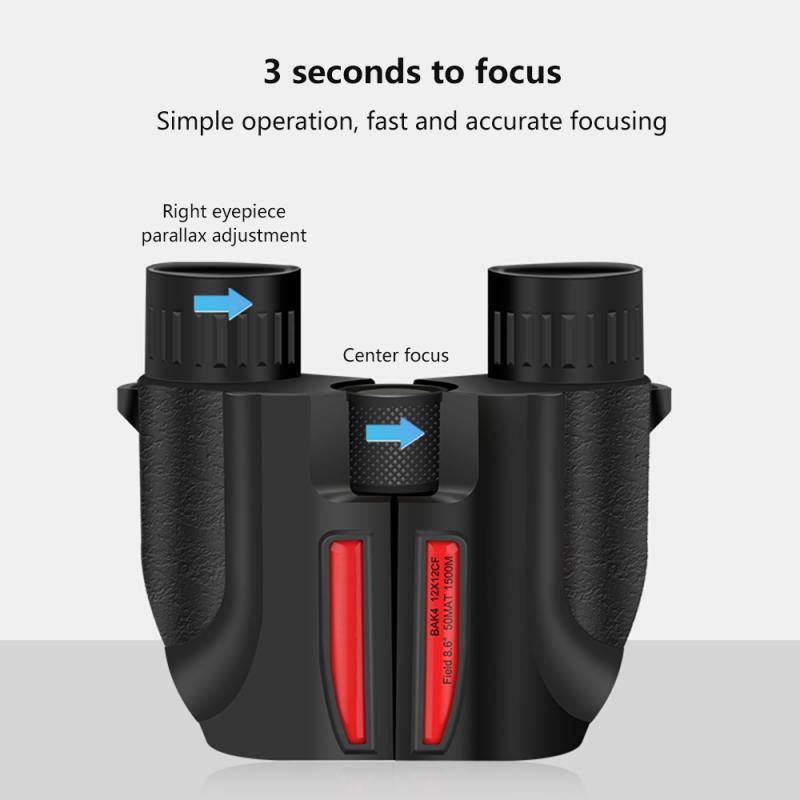
The second number, "25," refers to the diameter of the objective lenses, which are the lenses at the front of the binoculars. This measurement is given in millimeters. In this case, the objective lenses are 25mm in diameter. The size of the objective lens affects the amount of light that enters the binoculars, which in turn influences the brightness and clarity of the image. Larger objective lenses can gather more light, making them better for low-light conditions, but they also make the binoculars bulkier and heavier.
Practical Implications of 10x25 Binoculars
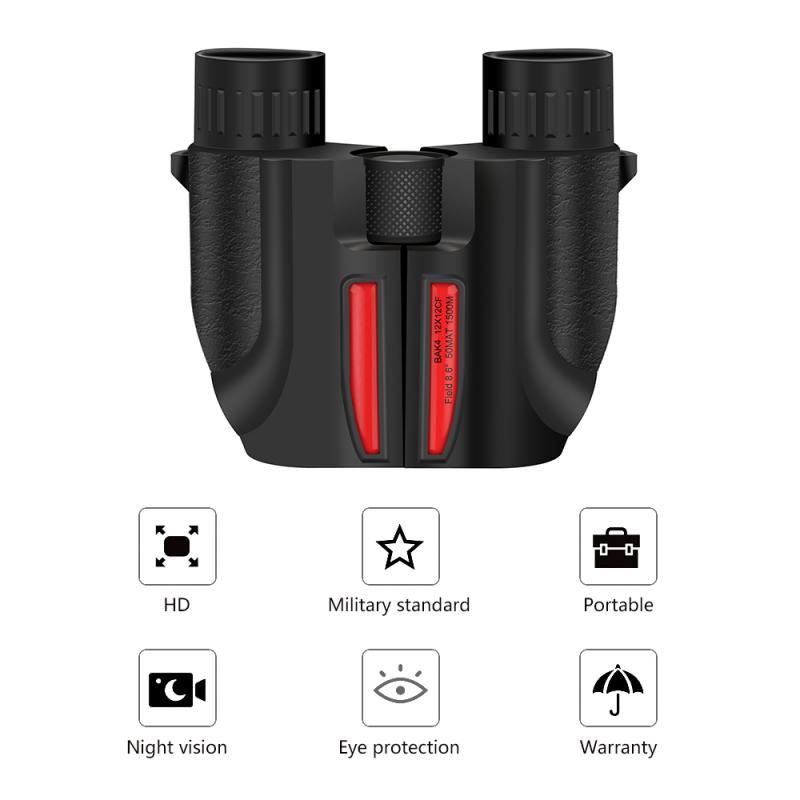
Now that we understand what the numbers mean, let's delve into the practical implications of using 10x25 binoculars.
Portability and Weight
One of the main advantages of 10x25 binoculars is their compact size and lightweight design. With a smaller objective lens diameter, these binoculars are generally more portable and easier to carry around. This makes them an excellent choice for activities where weight and size are critical factors, such as hiking, bird watching, and traveling.
Field of View
The field of view (FOV) is the width of the area you can see through the binoculars at a specific distance, usually measured in feet at 1,000 yards or meters at 1,000 meters. Higher magnification typically results in a narrower field of view. With 10x magnification, the field of view will be narrower compared to binoculars with lower magnification, such as 8x. This can make it more challenging to track moving objects, but it provides a more detailed view of distant subjects.
Brightness and Low-Light Performance
The 25mm objective lenses on 10x25 binoculars are relatively small, which means they gather less light compared to binoculars with larger objective lenses. As a result, 10x25 binoculars may not perform as well in low-light conditions, such as dawn, dusk, or dense forests. However, for daytime use in well-lit environments, they should provide clear and bright images.
Stability and Image Shake
Higher magnification can amplify hand movements, leading to image shake. With 10x magnification, you may notice more image shake compared to lower magnification binoculars. To mitigate this, you can use a tripod or find a stable surface to rest your elbows on while viewing. Some 10x25 binoculars also come with image stabilization features, which can help reduce shake.
Choosing the Right Binoculars for Your Needs
When selecting binoculars, it's essential to consider your specific needs and how you plan to use them. Here are some factors to keep in mind:
Intended Use
Think about the primary activities you'll be using the binoculars for. If you need binoculars for bird watching, hiking, or travel, the compact and lightweight design of 10x25 binoculars can be a significant advantage. However, if you plan to use them for stargazing or in low-light conditions, you might want to consider binoculars with larger objective lenses.
Comfort and Ergonomics
Comfort is crucial when using binoculars for extended periods. Look for binoculars with a comfortable grip, adjustable eyecups, and a suitable interpupillary distance (the distance between the centers of the two eyepieces). Some models also offer features like rubber armor for a secure grip and protection against impacts.
Optical Quality
The quality of the optics can significantly impact your viewing experience. Look for binoculars with fully multi-coated lenses, which help reduce glare and improve light transmission. High-quality prisms, such as BAK-4 prisms, can also enhance image clarity and brightness.
Budget
Binoculars come in a wide range of prices, so it's essential to find a pair that fits your budget while still meeting your needs. While higher-priced models often offer better optical quality and additional features, there are also many affordable options that provide excellent performance for casual use.
Understanding the meaning of "10x25" in binoculars is the first step in choosing the right pair for your needs. The 10x magnification offers a closer view of distant objects, while the 25mm objective lenses provide a compact and lightweight design. These binoculars are ideal for daytime use in well-lit environments and are perfect for activities like hiking, bird watching, and travel. However, they may not be the best choice for low-light conditions or activities that require a wider field of view.
By considering factors such as intended use, comfort, optical quality, and budget, you can find the perfect pair of binoculars to enhance your outdoor experiences. Whether you're a seasoned bird watcher or a casual hiker, understanding these specifications will help you make an informed decision and get the most out of your binoculars.




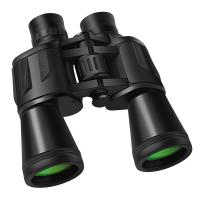
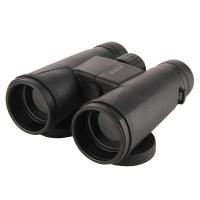
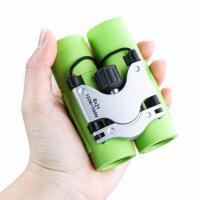
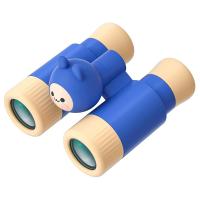

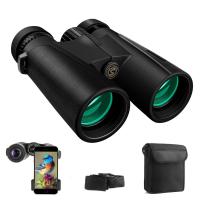
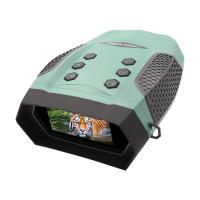
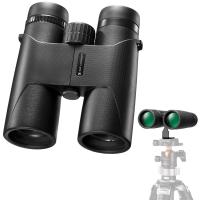


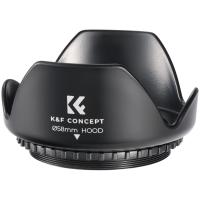
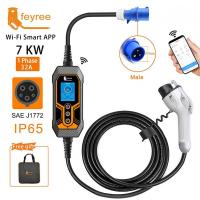
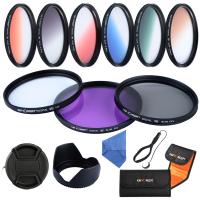




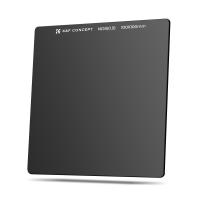



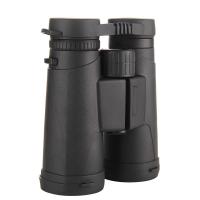

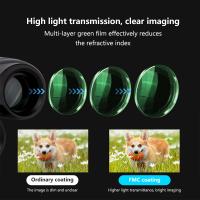



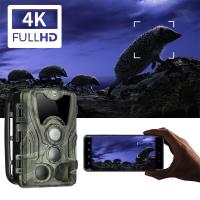
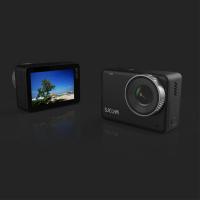

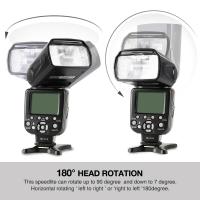


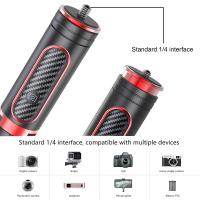
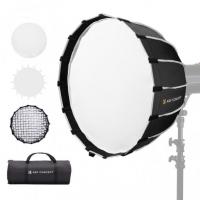
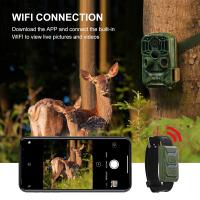
There are no comments for this blog.